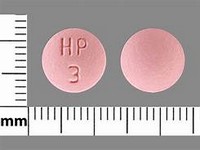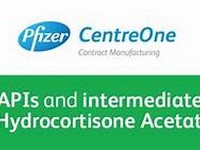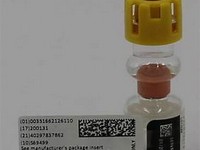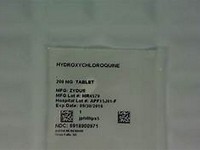Colistin
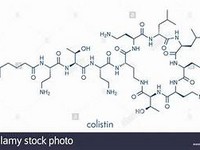
Colistin
CLINICAL USE
Antibacterial agentDOSE IN NORMAL RENAL FUNCTION
Oral for bowel sterilisation or gram negative GI infections: 1.5–3 million units every 8 hoursIV: <60 kg: 50,000–75,000 units/kg in 3 divided doses>60 kg 1–2 million units every 8 hours Nebulised solution: 1–2 million units every 12 hoursPHARMACOKINETICS
DOSE IN RENAL IMPAIRMENT
GFR (mL/MIN)
DOSE IN PATIENTS UNDERGOING RENAL REPLACEMENT THERAPIES
IMPORTANT DRUG INTERACTIONS
Potentially hazardous interactions with other drugsAntibacterials: increased risk of nephrotoxicity with aminoglycosides and capreomycin; increased risk of nephrotoxicity and ototoxicity with teicoplanin and vancomycinCiclosporin: increased risk of nephrotoxicityCytotoxics: increased risk of nephrotoxicity and possibly ototoxicity with platinum agentsDiuretics: increased risk of ototoxicity with loop diureticsMuscle relaxants: polymyxins enhance the effect of non-depolarising muscle relaxants and suxamethoniumParasympathomimetics: polymyxins antagonise the effect of neostigmine and pyridostigmineADMINISTRATION
Reconstition
Sodium chloride 0.9% or water for injectionRoute
Oral, IV, Nebulised, TopicalRate of Administration
Infusion: over 30 minutes Bolus: over 5 minutes (only if patient has a totally implantable venous access device, TIVAD)Comments
IV: Give in 10–50 mL sodium chloride 0.9% or water for injectionInhalation: Dissolve in 2–4 mL sodium chloride 0.9% or water for injectionOTHER INFORMATION
Less than 0.5 mmol/L sodium per 0.5–2 million unit vial (before reconstitution)Pharmacokinetic data: Lee CS, Marbury TC. Drug therapy in patients undergoing haemodialysis: clinical pharmacokinetic considerations. Clin Pharmacokinet. 1984; 9: 42–66.Can cause renal failure, muscle weakness and apnoea in overdose. Risk factors are usually the IV route, high doses, concomitant use with other nephrotoxic agents, and if the dose is not reduced appropriately in renal failureNo systemic absorption from oral administration in adults.188 CoLisTinIn renal impairment, neonates, and cystic fibrosis patients, plasma concentrations of 10–15 mg/L (125–200 units/mL) are usually adequateDosage schedules in renal impairment vary according to which preparation is being used. Doses in the following table are from Dollery (1999) and Colomycin SPCPromixin SPC (IV): GFR: 40–75 mL/min: 1–1.5 MIU twice daily25–40 mL/: 0.8–2 MIU once or twice daily<25 mL/min: 1–1.5 MIU every 36 hoursPromixin SPC (nebulised): GFR: 40–75 mL/min: 1–1.5 MIU twice daily25–40 mL/min: 1 MIU once or twice daily<25 mL/min: 1–1.5 MIU every 36 hoursreferences:1. Trotman RL, Williamson JC, Shoemaker DM, et al. Antibiotic dosing in critically ill adult patients receiving continuous renal replacement therapy.
See how to identify renal failure stages according to GFR calculation
See how to diagnose irreversible renal disease
Home
